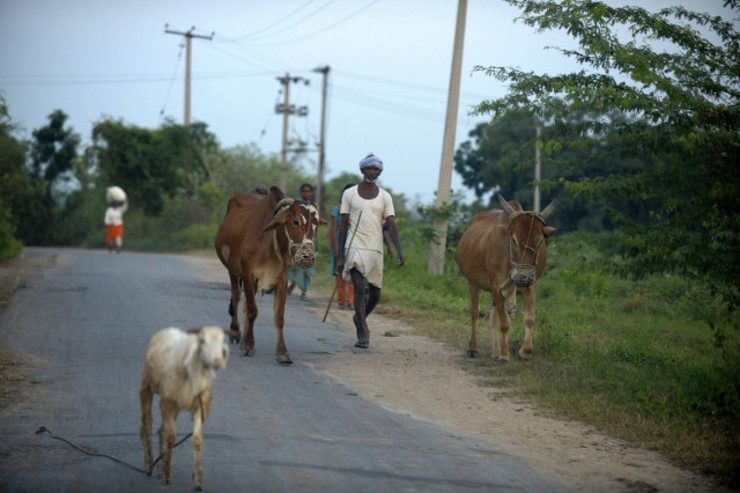SUMMARY
This is AI generated summarization, which may have errors. For context, always refer to the full article.

PYEONGCHANG, South Korea – A UN conference on preserving the earth’s dwindling resources wrapped up Friday, October 17, with governments making a firm commitment to double biodiversity aid to developing countries by 2015.
The funding target had already been agreed in principle at the last Convention on Biological Diversity (CBD) meeting in Hyderabad, India, in 2012, but there had been disagreement on how to calculate the increase.
The gathering in Pyeongchang, South Korea, agreed to use average annual biodiversity funding for the years 2006-2010 as a baseline to be doubled by 2015, and then maintained through 2020.
Governments also agreed to increase domestic financing for biodiversity projects.
The funding boost is seen as crucial for meeting targets set in 2010 to arrest the tide of biodiversity loss by 2020.
In its Global Biodiversity Outlook issued at the start of the conference in Pyeongchang, the CBD made it clear that the world was not on track to meet the so-called “Aichi Targets” — which include halving habitat loss, reducing pollution and overfishing, and putting a brake on species extinction.
“Parties have listened to the evidence, and have responded by committing themselves to redoubling their efforts … including the financial resources needed to make this a reality,” CBD Executive Secretary Braulio Ferreira de Souza Dias said Friday.
“Their commitments show the world that biodiversity is a solution to the challenges of sustainable development and will be a central part of any discussions for the post-2015 development agenda,” he said in a statement.
Fragmented and degraded
In its Outlook report, the CBD had warned that global rates of deforestation were still “alarmingly high” despite a slowdown in the depletion of the Brazilian Amazon and gains in forest coverage in Vietnam and China.
Habitats of all types, including forests, grasslands, wetlands and river systems, continue to be fragmented and degraded.
In one striking example of long-term degradation, the report cited a 20 percent reduction since 1980 in the populations of wild birds specialising in habitats such as grasslands and forests in North America and Europe.
The executive director of the UN Environment Program Achim Steiner said Friday that the Pyeongchang conference had underlined the impact of continued biodiversity loss on food and water security, as well as livelihoods and disaster risk reduction.
The cost of inaction to halt biodiversity decline would give rise to increasing and cumulative economic annual losses of around $14 trillion by 2050, Steiner said.
“The decisions made in Pyeongchang will leapfrog efforts to achieve the Aichi targets and put biodiversity on a stronger footing for decades to come,” he added.
The most recent update of the International Union for Conservation of Nature’s Red List of threatened species in July said a quarter of mammals, over a tenth of birds, and 41 percent of amphibians are at risk of extinction.
And last month, the green group WWF’s 2014 Living Planet Report highlighted a 52 percent decline in mammals, birds, reptiles, amphibians and fish overall from 1970 to 2010.
It said humans were consuming resources at a rate that would require 1.5 Earths to sustain — gobbling up animal, plant and other resources at a faster rate than nature can replenish them. – Rappler.com
Add a comment
How does this make you feel?
There are no comments yet. Add your comment to start the conversation.